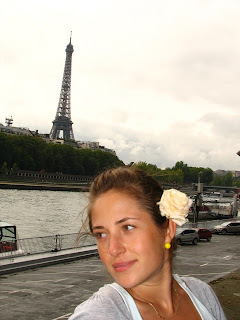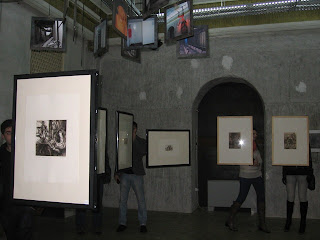I knew Woody Allen long ago as an actor, two or three years ago as a writer through some stories from his book "The Insanity Defense: The Complete Prose" (some interesting pieces there, some not), and two days ago as a director.
I consider a moment of genius when he wrote the script for "Midnight in Paris", first because of the concept of putting together the fabulous atmosphere of the 20's with the present, and in the second row for the actors chosen to resemble the characters so well.
While it all starts with some views from the French capital, places visited by me during September last year,...the contact was immediately done.
Further down the road, he made me live again the action and the feeelings of being down there, on those streets, and that with his main character. He made me wonder how would be the feeling of meeting Picasso, Toulouse-Lautrec, Dalí, Man Ray, Degas, Gauguin, spouses Fitzgerald and not the least, Hemingway, and how to transfomr them into my friends guild. And all those things happening in their youth, before they become famous, like in a perfect dream of becoming.....
P.S.: Next time in Paris, I'll go to see the Monet's garden in Giverny (inspiration for Japanese bridge), water lilies, flower garden and other series.
P.S.2: Any thoughts on the above? Opinions? Well, please feel free to jump in :).
P.S.3: You can see more photos on my Facebook profile. Enjoy!
You have to watch "Midnight in Paris"!



















